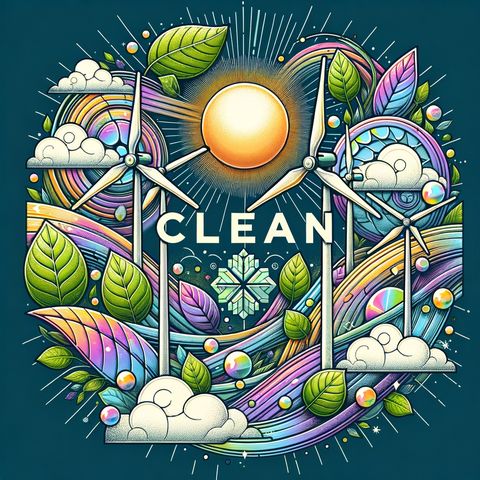Surging Clean Energy: Navigating Growth, Challenges, and Opportunities in the Transition to Sustainability

Descarga y escucha en cualquier lugar
Descarga tus episodios favoritos y disfrútalos, ¡dondequiera que estés! Regístrate o inicia sesión ahora para acceder a la escucha sin conexión.
Surging Clean Energy: Navigating Growth, Challenges, and Opportunities in the Transition to Sustainability
Esta transcripción es generada automáticamente. Ten en cuenta que no se garantiza una precisión absoluta.
Descripción
The clean energy industry is experiencing unprecedented growth, driven by increasing demand, favorable policies, and declining costs. According to BloombergNEF, the US is on track to see over 25% growth...
mostra másRecent market movements have been significant, with the second quarter of 2024 witnessing a 91% increase in utility-scale clean power capacity additions compared to the same period in 2023[4]. Texas has emerged as the leading state for utility-scale solar capacity, surpassing California, while energy storage has surged past 20 GW of total operational capacity.
Federal policies, particularly the Inflation Reduction Act (IRA), have played a crucial role in bolstering the clean energy transition. In 2023, the US saw a record-shattering $303.3 billion in energy transition financing, with 104 manufacturing facilities planned across North America in response to the IRA, representing $123 billion in announced investments[5].
Global investment in the energy transition also reached new heights in 2023, soaring to $1.7 trillion, with the US attracting $303 billion of investment, second to China's $676 billion[5]. The US energy transition has demonstrated its resiliency, with investment and deployment bolstered by a suite of federal policies.
However, challenges persist, including permitting and grid connection hurdles, as well as uncertainty around the elections and potential changes to the IRA tax credits[3]. Despite these challenges, industry leaders are responding by driving decarbonization throughout their supply chains and participating in multinational efforts to push governments to address climate change and accelerate the energy transition[1].
In terms of supply chain developments, a domestic clean energy manufacturing revival is underway, with companies announcing $91 billion of investments in over 200 manufacturing projects, including solar, storage, wind, and hydrogen projects[1]. This could increase transparency and resilience while decreasing emissions and exposure to geopolitical vicissitudes.
Consumer behavior is also shifting, with a growing number of corporations supporting renewables by participating in the nascent tax-credit transfer market and driving decarbonization throughout their supply chains[1]. The use of generative artificial intelligence is expected to increase data center demand for clean electricity five- to sevenfold, further driving growth in the clean energy sector.
Overall, the clean energy industry is poised for continued growth, driven by favorable policies, declining costs, and increasing demand. Despite challenges, industry leaders are responding by driving decarbonization and participating in multinational efforts to accelerate the energy transition.
Información
| Autor | QP - Daily |
| Organización | William Corbin |
| Página web | - |
| Etiquetas |
Copyright 2024 - Spreaker Inc. an iHeartMedia Company

Comentarios